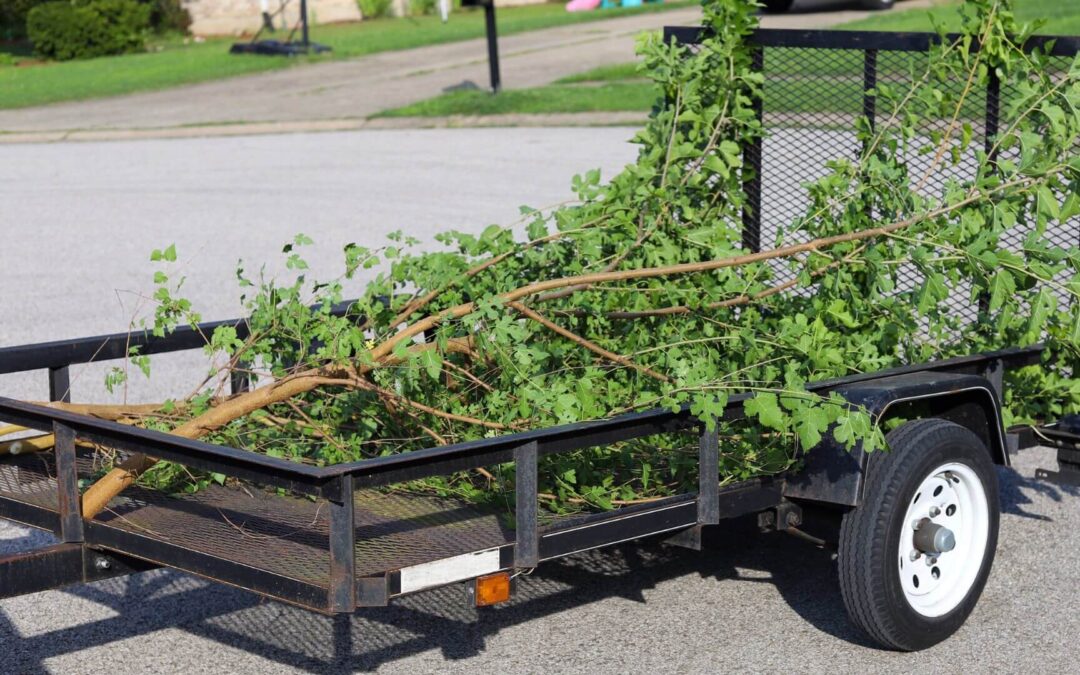Figuring out whether or not a tree should be removed can be a difficult decision. Ultimately, it is essential to ensure that removing the tree will result in more benefits than harm. Several critical indicators can help determine if a tree should be removed from your property. The most common reason for removing a tree is due to damage caused by storms, disease, or age. Notice extensive damage to your tree, such as broken branches or severe cracking in the bark. It may be necessary to remove it before it causes additional damage to your property or threatens the safety of anyone nearby. Additionally, if you find signs of insects or fungi on the tree, such as larval tunnels, these could indicate an infestation and warrant consideration for removal. If these issues have severely weakened a tree, removing it may be safer and more beneficial before further damage occurs.
Another indicator of whether a tree should be removed is its location to other trees and structures on your property. Trees that are too close together can compete with one another for light and nutrients, leading to stunted growth and the eventual death of one or both trees. Also, trees growing too close to structures can cause severe damage over time by creating pressure against foundations or walls, which can cause costly repairs down the line. It is also essential to consider any potential hazards posed by having a particular tree species on your property. Some species are known for shedding large amounts of twigs and branches, while others have deep root systems that can lift driveways and walkways when their roots grow underneath them. In addition, some trees pose safety risks due to potential lightning strikes during thunderstorms; coniferous trees tend to attract lightning bolts more so than other species due to their height and shape, which is why many people opt for deciduous trees instead near their home or business premises.
Finally, consider how much maintenance you will put into caring for the tree before deciding whether it needs to be removed. While mature trees require very little maintenance compared to newly planted ones, they may still require some pruning and fertilizing from time to time, depending on the species type, to keep them healthy over long periods. If you do not feel up for this kind of regular upkeep, removing the tree might be best to save yourself any future headaches associated with maintenance costs down the line. In conclusion, determining whether or not a tree requires removal rests largely upon individual circumstances regarding what kind of damages have occurred, how close other structures are located, potential hazards associated with particular species types, and how much effort someone would like to invest into maintaining their tree. All these factors must be considered before making an informed decision about removal. Additionally, consulting with professionals specializing in arboriculture can offer valuable advice when deciding whether or not to remove certain types of trees from properties.

